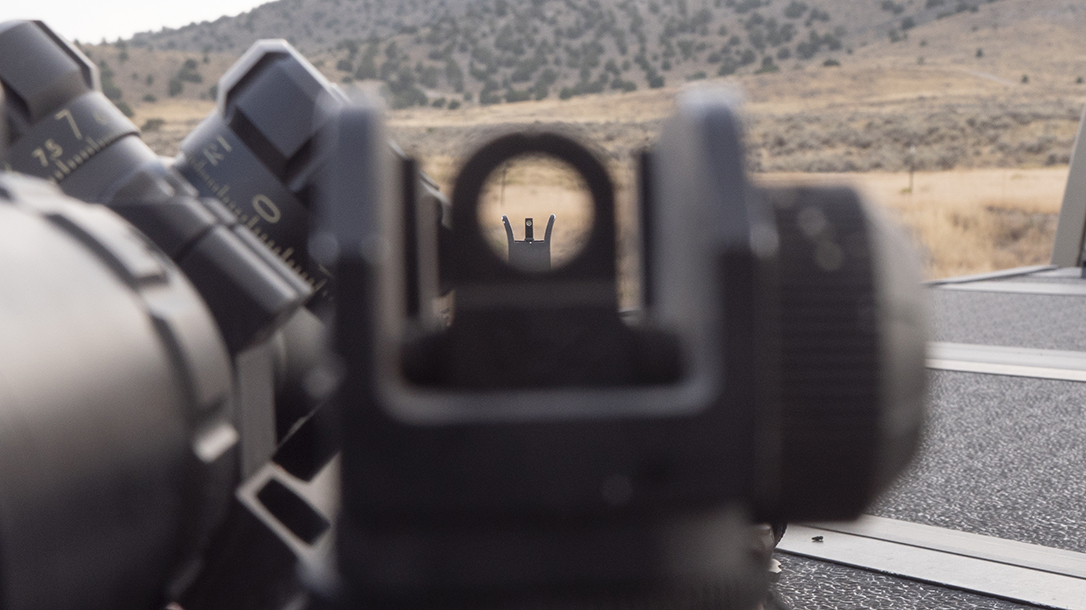Night vision is the ability to see in low-light conditions. It is a term often used interchangeably with “low-light vision.”
There are two main types of night vision: active and passive. Active night vision uses a light source, such as a infrared illuminator, to illuminate the area around you. Passive night vision, on the other hand, does not use a light source. Instead, it relies on natural light sources, such as the moon, stars, or ambient light reflecting off of objects.
How well you can see in low-light conditions depends on several factors, including your eyesight, how dark it is, and whether there is any artificial light present.
Types of night vision devices
There are a variety of night vision devices available on the market, each with its own set of benefits and drawbacks.
– Night vision goggles: Night vision goggles are perhaps the most common type of night vision device. They allow you to have a hands-free experience while still providing a clear view of your surroundings.
– Night vision monoculars: Night vision monoculars are similar to night vision goggles, but they only have one lens instead of two. This makes them more compact and easier to carry around. However, it also means that you will only have one eye available for night vision, which can make it more difficult to navigate your surroundings.
– Nightvision scopes: Nightvision scopes are typically used for hunting or observing wildlife at night. They are larger and more bulky than other types of night vision devices, but they offer a clear view of long-range targets.
– Thermal imaging cameras: Thermal imaging cameras detect infrared light, which is invisible to the human eye. This allows them to see in complete darkness and even through smoke, fog, and other obstructions. However, thermal imaging cameras can be very expensive.
No matter what type of night vision device you choose, it is important to make sure that you understand how it works and how to use it properly. Otherwise, you may not be able to take full advantage of its capabilities.
Advantages and disadvantages of each type
Each type of night vision device has its own set of advantages and disadvantages. Night vision goggles, for example, are very popular because they offer a hands-free experience. However, they can be difficult to navigate with, and you will only have one eye available for night vision. Night vision monoculars are more compact and easier to carry around, but they also have some drawbacks. They can be more difficult to use, and you will only have one eye available for night vision. Nightvision scopes are typically used for hunting or observing wildlife at night. They offer a clear view of long-range targets, but they are larger and more bulky than other types of night vision devices. Thermal imaging cameras are very expensive, but they can see in complete darkness and even through smoke, fog, and other obstructions.
When choosing a night vision device, it is important to consider your needs and the environment you will be using it in. If you need a compact and easy-to-use device, then a night vision monocular might be the best option. If you need a clear view of long-range targets, then a nightvision scope would be a better choice. If you need to see in complete darkness, then a thermal imaging camera would be the best option. However, keep in mind that thermal imaging cameras are very expensive. No matter what type of night vision device you choose, make sure that you understand how it works and how to use it properly. Otherwise, you may not be able to take full advantage of its capabilities.
Tips for using night vision devices safely and effectively
There are a few things to keep in mind when using night vision devices:
– Be aware of your surroundings. Night vision devices can help you see in the dark, but they can also make it difficult to see what is happening around you. Be sure to pay attention to your surroundings and be aware of any potential hazards.
– Don’t use night vision devices for extended periods of time. Looking through a night vision device for too long can cause eye fatigue. If you are using a night vision device for an extended period of time, take frequent breaks to rest your eyes.
– Don’t shine bright lights into night vision devices. Bright lights can damage the sensitive components of night vision devices. If you need to use a light, be sure to use a red light instead of a white light.
– Be careful when using night vision devices around fire. Night vision devices can amplify the light from fires, which can damage your eyes. If you are using a night vision device near a fire, be sure to keep your eyes protected.

